How to Choose the Best Chicken at the Grocery Store, According to a Chef
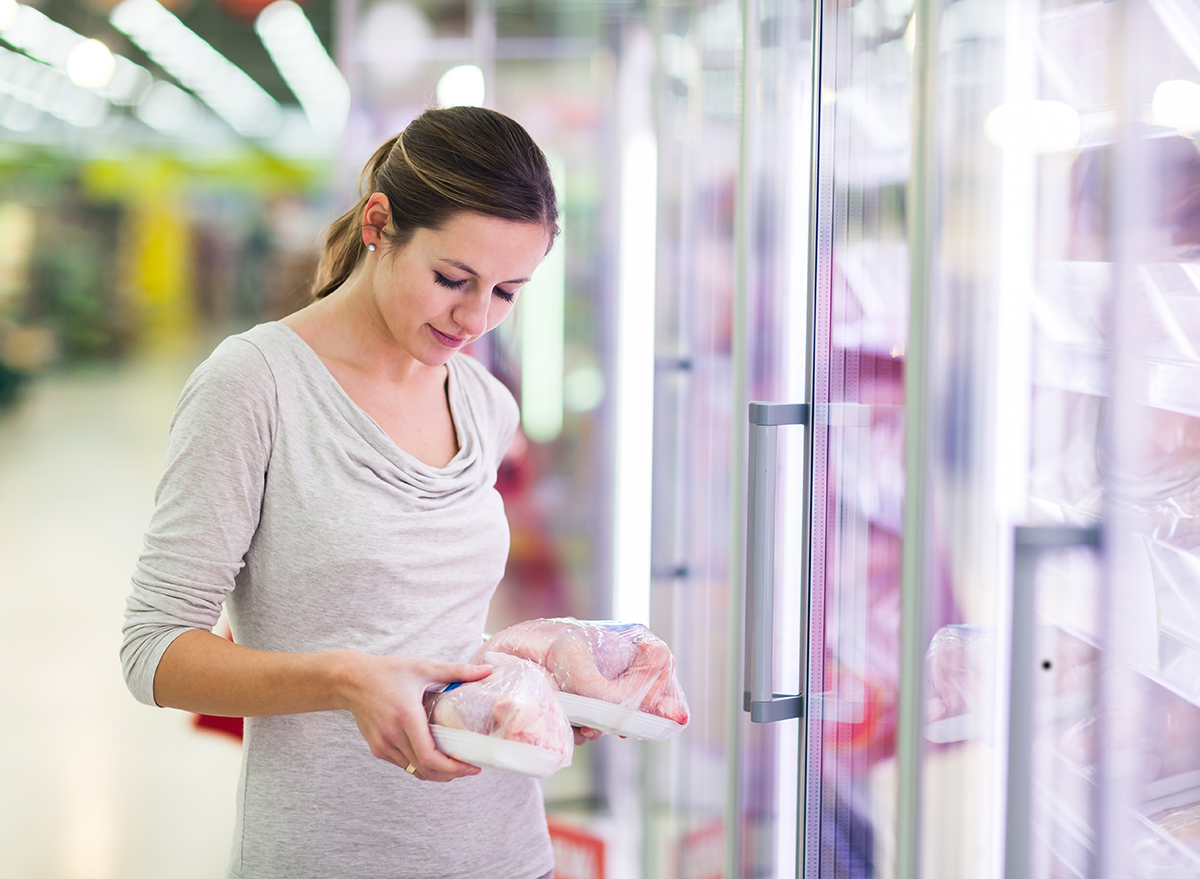
Shopping in the poultry section of the grocery store can easily become overwhelming. Aside from choosing between legs, breasts, and thighs, you’ll also be hit with buzzwords like “free-range,” “organic,” and “air-chilled.” What do these terms mean, and how can you ensure that you’re buying the best chicken without overspending?
As a trained chef and avid home cook, I try to be thoughtful about shopping for all of my groceries, especially meat and poultry. There’s a wide range of quality and sustainability, but taking an extra minute to consider what I’m buying and where it came from can make the difference between a disappointing and show-stopping meal.
Here’s what you need to know about how to buy chicken at the grocery store.
Take a close look at the product
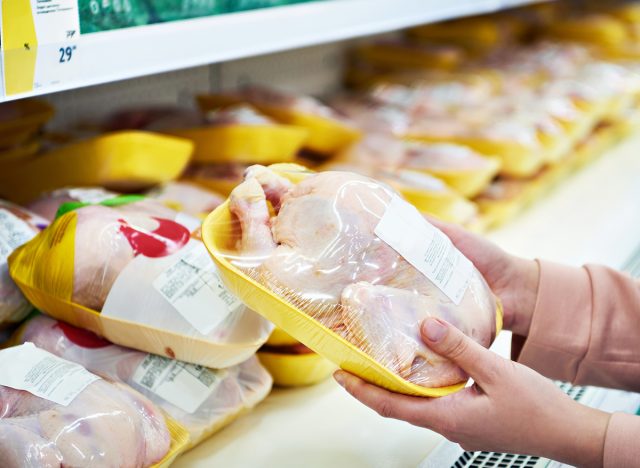
Before you even get into the packaging and labeling, the first step when buying chicken (as with most groceries) is to give it a good inspection. Fresh poultry will be pale pink, taught, and shiny.
If the skin is on, it should be intact (no holes or tears), and uniformly white. If you can, press gently on the chicken. It should be firm and readily bounce back at your touch. Giving the chicken a whiff is another good test for freshness – it should have a very mild, basically neutral smell.
Greyish, bruised-looking, lackluster, or odorous chicken should be avoided at all costs.
Check the expiration date
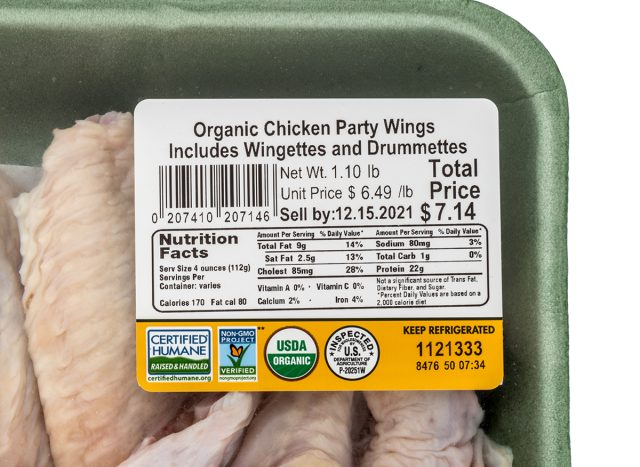
The date stamped on the package can also give you a good indication of when the chicken was processed and packaged, and how long it will stay fresh when you bring it home. The farther away the “sell by” or “use by” date is, the fresher your bird will be.
Select your cut
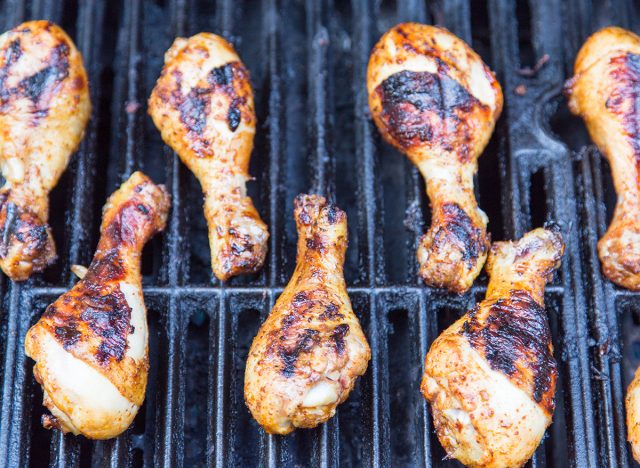
It’s also important to buy the right cut of chicken for your needs. If you’re roasting a whole bird, check the weight to make sure it will feed your crowd. For example, a three- to four-pound whole chicken can feed four to six people, depending on the other sides you’re serving. If you’re grilling pieces, opting for thighs or drumsticks with the skin on will help insulate the meat from the flames and produce a more juicy and tender protein. If you’re looking for something to poach for cold chicken salad, boneless, skinless breasts are a good choice.
Look for air-chilled chicken
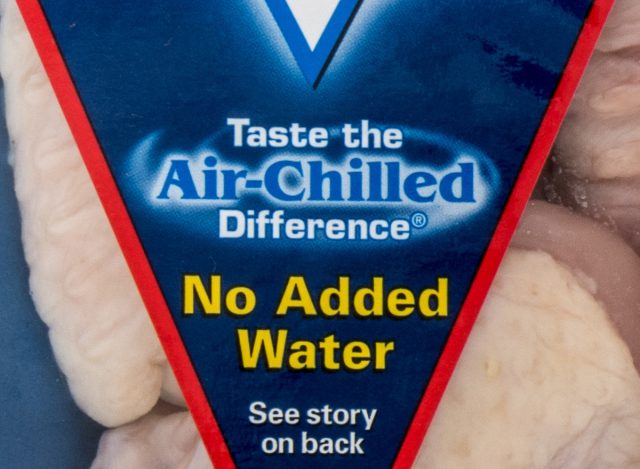
A label that indicates that the chicken has been “air chilled” is a good sign of the quality of the bird. The USDA has set explicit standards for air-chilling chicken to minimize potential pathogens and other food safety concerns. During this process, the meat is immediately exposed to blasts of cold air after slaughter. The cold, purified air is kept at a temperature to prevent pathogens from growing.
Alternate chilling methods involve spraying the meat with cold water, but this can water-log the meat, reducing its flavor and preventing it from getting fully crisp when cooked.
Consider sustainability
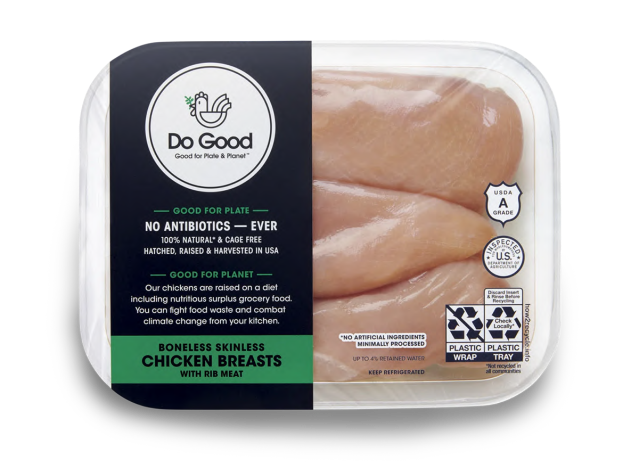
According to the USDA, Americans raised over 9.2 billion broiler chickens in 2020. That’s a lot of grain-based feed, water, and land use. Chicken farming can devastate land by depleting resources, making it unusable for other crops. Large-scale chicken production can also emit greenhouse gasses into the atmosphere, contributing to climate change. When shopping for chicken, you can vote with your dollar by choosing more sustainable meat.
One company in particular, Do Good Chicken, feeds its chickens upcycled feed made from food that would otherwise be tossed by grocery stores as a way to reduce carbon emissions from food waste and chicken feed at the same time.
“Certified Humane” and “Animal Welfare Certified” badges are granted by the ASPCA and indicate various levels of quality of life for the chickens, including banning the use of antibiotics, and ensuring the birds have ample room to move around.
Unfortunately, other commonly used terms like “free-range” and “natural” aren’t regulated enough to mean much in the way of sustainability or humane farming practices. “Organic” means that the birds were fed organic feed, but it doesn’t impact how the chickens were raised.
Check for antibiotics
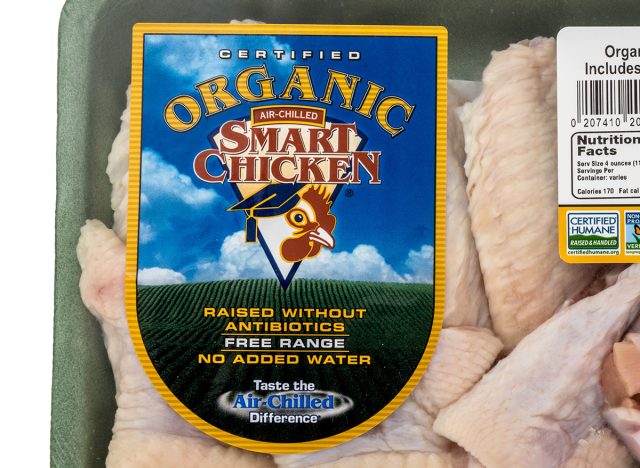
There’s no reason to consume antibiotics through your food. Plus, farmers who use antibiotics need them to keep chickens alive in inhumane circumstances. So look for the terms “raised without antibiotics” to ensure that your chicken was never exposed to the chemicals. “Antibiotic-free” means that the chicken may have been raised with antibiotics, but enough time passed for the meds to have been processed and no longer detectable in the chicken.









